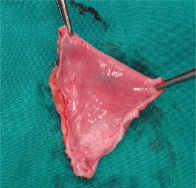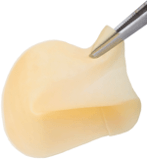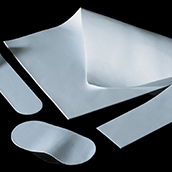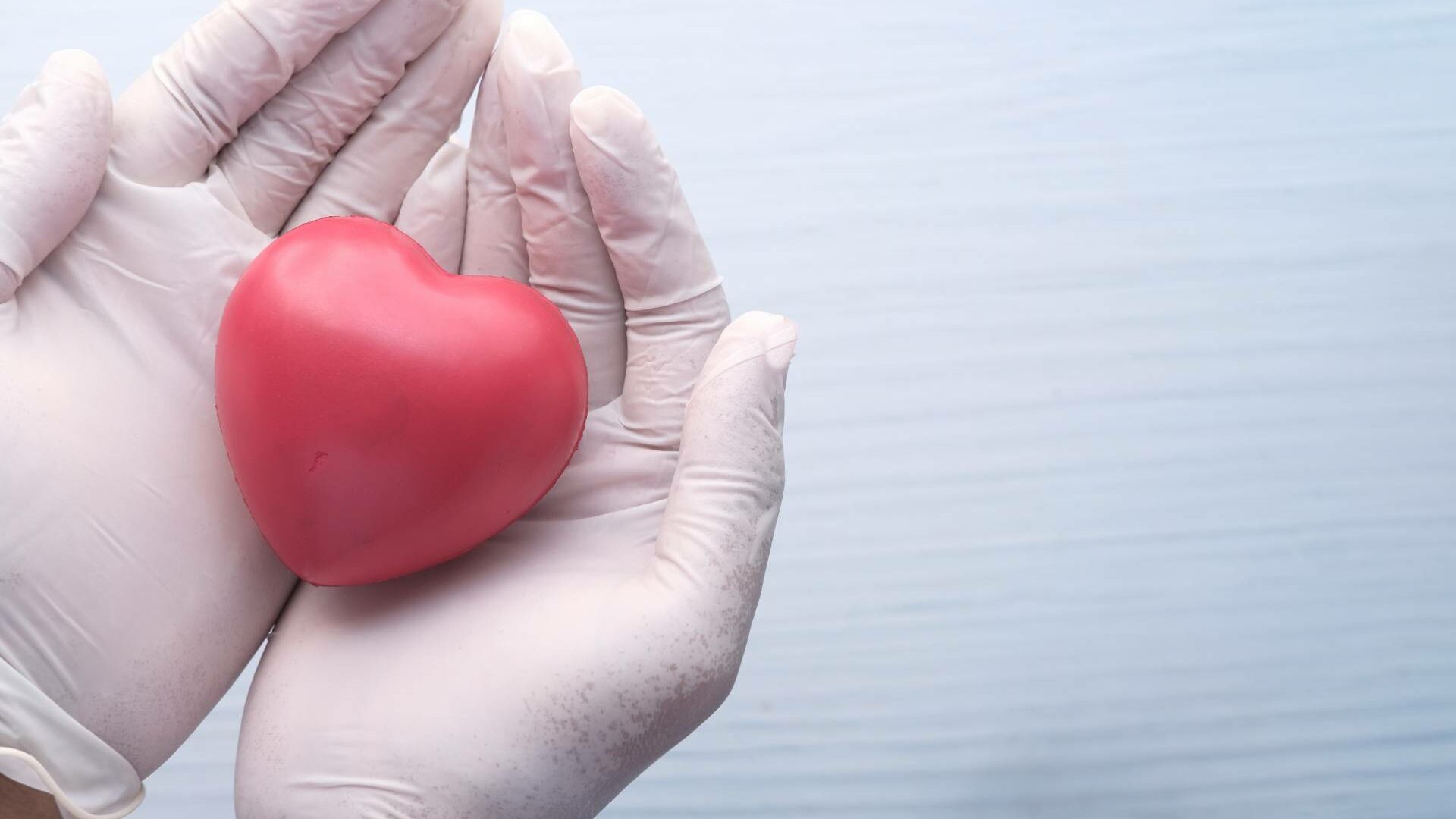Cardiovascular patches are commonly used in paediatric cardiac surgery. Patches are used to close holes or to enlarge narrow arteries and valves at the end of open-heart surgery.
One of the questions I am asked more commonly by parents of children with congenital cardiac defects is what kind of materials are used for the patches used in surgery.
Currently, we have we have different materials for cardiovascular patches, depending on the different needs.
The main types of patches used are:
Autologous pericardium
Autologous pericardium is taken from the tissue lining around the heart, the pericardium. As is it taken from the same person there are no concerns regarding the body rejecting it or the development of infections. However, the quantity of tissue might not be sufficient in quantity and sometimes might not be resistant enough for the use it is required for.

Bovine pericardium
This material is the same as the autologous pericardium but is taken from the outside lining, the pericardium, of a cow’s heart. This tissue is used as it is very easy to shape in the desired form. It is very easy and resistant to stitch and once appropriately treated with chemicals and antibiotics poses no risk of the body rejecting it or infections developing from it.

Goratex patches
Goretex is a resistant synthetic material which in a particular form can be used to create patches. Its advantages are that it is very durable, it is easy to handle and has good properties to allow a child’s own tissue ingrowth. The tissue is also inert so there is no possibility of the body rejecting it.









